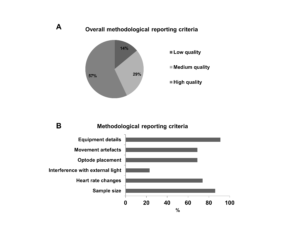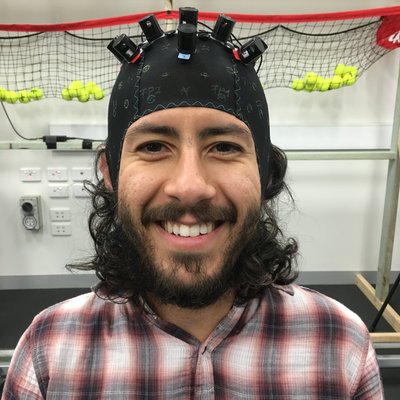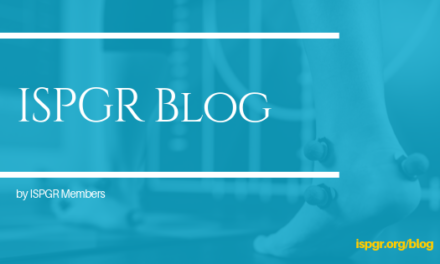By Paulo Pelicioni.
Over the last decade, the development of functional near-infrared spectroscopy (fNIRS) has enabled posture and gait researchers to investigate cortical activity when participants are moving freely in the laboratory. Most of the work has focused on the prefrontal cortex (PFC) because there is good evidence that executive function, a main function of this brain region, is involved in the control of gait. Although some high-quality reviews on fNIRS during locomotor tasks have been published, they either primarily focused on methodological aspects or were not systematic. We therefore conducted a systematic review to: (i) summarize the published research on PFC activation patterns during simple and complex walking tasks in young adults, older adults and clinical groups with balance disorders using fNIRS; (ii) evaluate each included study based on methodological criteria important for good data quality.
We conducted searches in June 2018 using four databases (Embase, PubMed, Scopus and PsycINFO). To be included, the papers had to meet the following criteria: (i) used fNIRS to measure PFC activation patterns; (ii) included walking tasks; and (iii) assessed young people, older people and/or clinical groups with balance disorders. We followed the PRISMA guidelines to report our findings. The search retrieved 308 studies of which 35 studies met our inclusion criteria. We classified 30 studies as high and medium quality (Figure, panel A) according to our six methodological criteria (Figure, panel B). Close to 2/3 of the studies involving healthy groups (young and older people) and most of the studies involving clinical groups with balance disorders reported increased PFC activation with increasing walking task complexity. In addition, dual-tasks paradigms involving verbal fluency and arithmetic secondary tasks during walking were more likely to report increased PFC activation compared with paradigms involving secondary visual search tasks.
Based on the consistent findings of increased PFC activation during complex walking tasks in clinical groups with balance disorders, we suggest that these individuals might require additional attentional resources for safe ambulation in complex environments. In addition, our results confirm that PFC activation is modulated by the type of secondary task performed during the walk. The studies conducted in healthy groups of young and older adults showed inconsistent findings; we suspect that this might be because of the variety of protocols used for data collection and analysis (Figure, panel B). We therefore urge researchers in the field to unite in a task-force to provide recommendations to standardise fNIRS protocols.

Percentage of included studies which qualified the overall (A) and individual (B) methodological reporting criteria. Data are presented as % of total included studies (n=35).
Publication
Pelicioni PHS, Tijsma M, Lord SR, Menant J. 2019. Prefrontal cortical activation measured by fNIRS during walking: effects of age, disease and secondary task. PeerJ 7:e6833 http://doi.org/10.7717/peerj.6833
About the Author

Paulo Henrique Silva Pelicioni
Falls, Balance and Injury Research Centre, Neuroscience Research Australia and School of Public Health and Community Medicine, University of New South Wales.
Paulo is a PhD Candidate at the School of Public Health and Community Medicine (UNSW) and Neuroscience Research Australia. He is a physiotherapist who undertakes interdisciplinary research at the intersection of physiotherapy, medical science and public health, with a main focus on ageing and Parkinson’s disease.
Copyright
© 2019 by the author. Except as otherwise noted, the ISPGR blog, including its text and figures, is licensed under a Creative Commons Attribution-ShareAlike 4.0 International License. To view a copy of this license, visit https://creativecommons.org/licenses/by-sa/4.0/legalcode.
ISPGR blog (ISSN 2561-4703)
Are you interested in writing a blog post for the ISPGR website? If so, please email the ISGPR Secretariat with the following information:
- First and Last Name
- Institution/Affiliation
- Paper you will be referencing


